One of the most exciting announcements to come out of last month’s NAB was undoubtedly Blackmagic Design’s new 4.6K capable URSA Mini.
The newest miniature procam on the block is said to be the world’s lightest handheld Super 35 camera and shares many of the same features as its bigger brother, but in a compact and far more portable form.
Let’s face it, the original URSA, is a beast of a camera. It was designed to do the work of a number of different accessories, removing the need for external sound recorders, or even on-rig monitors.
Weighing in a almost 8 kilos without its sensor attached (the Mini weighs 2.27 kilos), this heavyweight procam is not what you would grab for some quick and dirty motion shots. Not only heavy to hold, it also ‘fills the room’, taking up so much space it has relegated ‘zones’ for crew to work from.
That aside, it’s a popular camera with an outstanding price point, placing it within the budgetary reach for most indie filmmakers.
So, it really comes as no surprise that the URSA Mini announcement generated a lot of buzz within the industry, particularly when fitted with the new 4.6K sensor (also introduced at NAB).
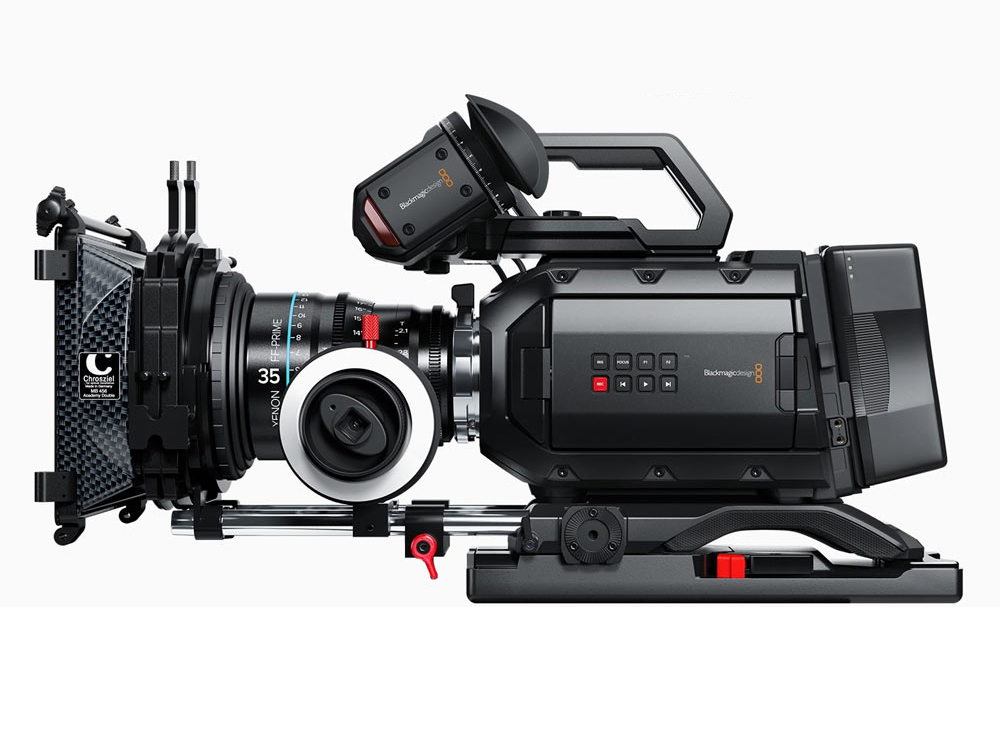
4.6 SENSOR
The URSA Mini’s 4.6k sensor is capable of 4608×2592 output with a very decent 15-stops of dynamic range, an 800 ISO base level and built-in refrigerated cooling.
BM’s original 2.5K Cinema Camera (with its 13-stops of dynamic range) excelled in rendering colour (particularly skin) and can be easily cut together with the ARRI ALEXA.
The URSA development team have said that the new sensor features colour tech similar to that found in the Cinema camera but with the additional benefit of greater dynamic range, meaning for a much smaller cost to your film budget you can expect colour performance equal to (or very close) to that of the far pricier high-end procams.
Another nice addition is the ability to switch between rolling and global shutter without ‘stop-loss’ or decreasing light sensitivity. Meaning users can effectively double their frame-rate from 30fps (in global) to 60fps (in rolling) quickly, without the need to stop and reset everything, which is brilliant if you’re shooting any kind of action.
The sensor is also capable of shooting in 120fps continuously, albeit 1080 windowed mode only. Still, it’s great to be able to shoot for as long as you need, rather than in only the short bursts that most cameras in this price-point offer.
Resolution Sizes
- 4608 x 2592 (Native 4.6K Resolution, RAW)
- 4096 x 2304 (4K 16:9, RAW)
- 4608 x 1920 (4K 2.4:1, RAW)
- 3840 x 2160 (Ultra HD, all ProRes formats)
- 3072 x 2560 (3K Anamorphic, RAW)
- 2048 x 1152 (2K 16:9, RAW)
- 1920 x 1080 HD (All ProRes formats)
It’s worth noting the addition of the 3K anamorphic mode, which we’re sure many will be appreciated by many cinematographers.
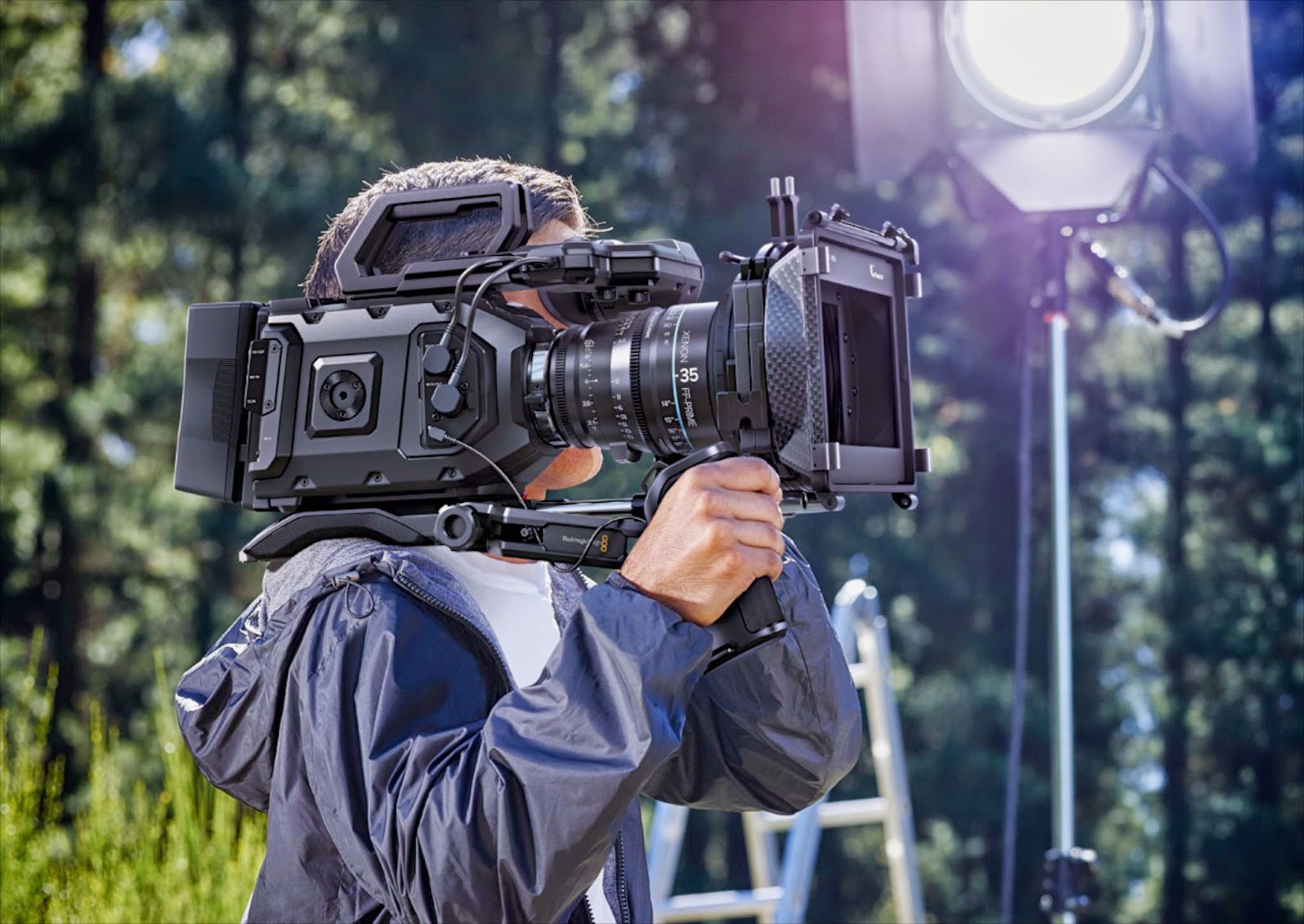
ORIENTATION METADATA
A standout addition to the Mini its built-in Gyroscope which allows recording metadata of camera pitch, roll and yaw movements when working in RAW.
This means that in post that metadata can be used to track the camera’s movement precisely when placed in any kind of 3D environment, or for adding VFX and graphics.
Despite the fact there is a lot of great camera tracking software available these days, being able to just feed in metadata is going to speed up that process, particularly if it’s been shot in handheld, or if motion tracking points weren’t placed in the frame.
It’s just a great addition and if implemented as realtime metadata collection (rather than just once during each shot) then this could be immensely beneficial in post. Although, it is missing an accelerometer, so that will limit its use in post to some degree.
Added to that is BM’s free version of Fusion 7, (its VFX and Motion Graphics software), and the fact the URSA Mini comes with BM’s professional colour grading software, DaVinci Resolve, making it an attractive package for micro budget productions.
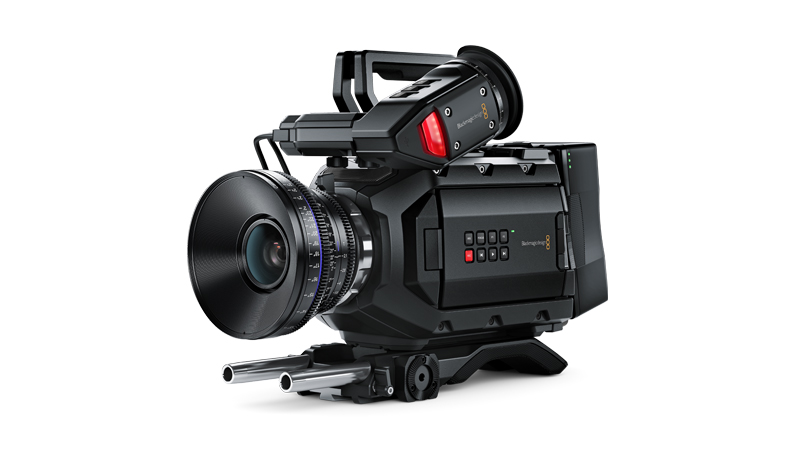
MINI BODY
The camera’s is made from magnesium alloy making it a rugged little camera, weighing in at 2.27 kilos (5 lbs).
It features a full HD, 5-inch fold out LCD touchscreen for monitor and operation menu, nine 1/4-inch threaded points on its body for mounting or adding accessories and its side handle features LANC based record, focus and iris buttons.
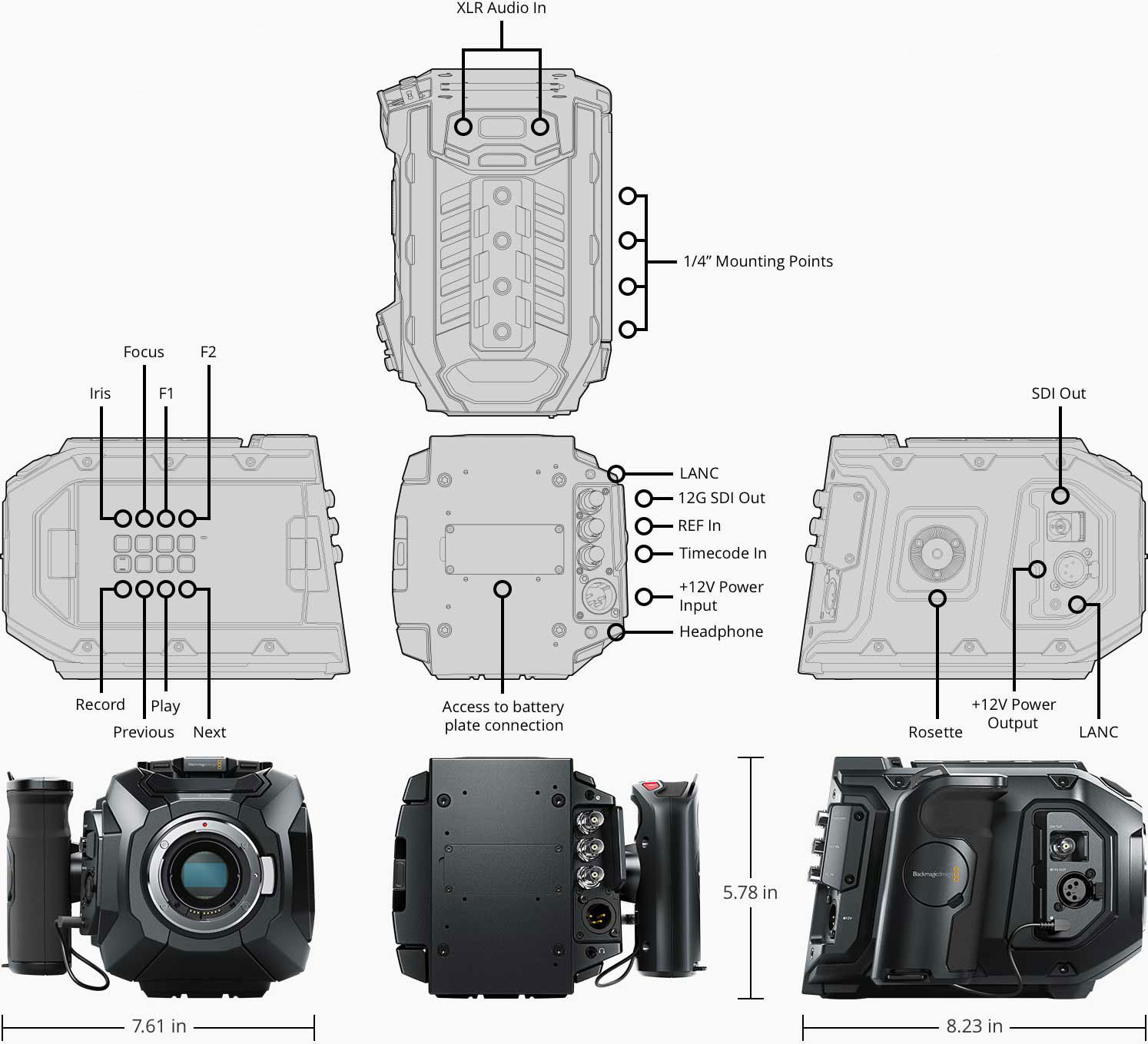
It also features multiple connections, like 12G-SDI out, HD-SDI monitoring out, 2 LANC inputs, stereo XLR audio (with 48v phantom power), timecode in and reference input. The 12G-SDI output is capable of 2160p/60fps (when using BNC cable) and can be switched to 6G-SDI or HD-SDI.
With continuous recording to dual CFast 2.0 cards in either CinemaDNG RAW 3:1 @180MB/s, RAW 4:1 @135MB/s (4608 x 2592) or in ProRes 444XQ @250MB/s (3840 x 2160).
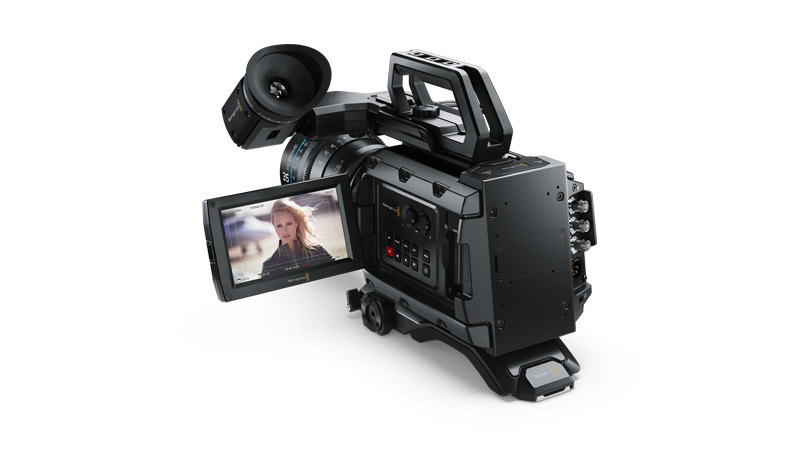
PRICE AND AVAILABILITY
The URSA Mini 4.6K can be purchased with either the EF-mount for AU$7035 or the PL-mount for AU$7755.
Also available is the URSA Mini 4K with either the EF-mount for AU$4235, or PL-mount for AU$4925.
BM has said that shipping will begin later this year in July, 2015.
For more info check: www.blackmagicdesign.com/blackmagicursamini
You can also check out what we said about the original URSA in our feature article, A Closer Look – Blackmagic Design’s URSA.

SPECS
Sensor Size
25.34mm x 14.25mm (Super35)
Shooting Resolutions
4608 x 2592
4096 x 2304 (4K 16:9)
4608 x 1920 (4K 2.4:1)
3840 x 2160 (Ultra HD)
3072 x 2560 (3K Anamorphic)
2048 x 1152 (2K 16:9)
1920 x 1080
Frame Rates
Maximum sensor frame rate dependent on resolution and codec selected. Project frame rates of 23.98, 24, 25, 29.97, 30, 50, 59.94 and 60 fps supported.
Dynamic Range
15 stops
Shutter Type
User selectable between rolling and global shutter
Focus
Focus button turns on peaking, auto focus available using compatible lenses.
Iris Control
Iris button automatically adjusts the lens iris settings on compatible lenses so no pixel is clipped in film mode. Scene average auto exposure in video mode.
Lens Mount
EF Mount
Screen Dimensions
5” – 1920 x 1080
Screen Type
LCD capacitive touchscreen
Metadata Support
Automatic camera data and user data such as shot number, filenames, keywords and GPS positioning.
Controls
Touchscreen menus on 5” screen. Push buttons for other controls. 2 assignable shortcut keys.
Microphone
2 x built in cardioid microphones for stereo recording with -10dB pad and low cut filter.
Speaker
1 x mono speaker, enabled in playback mode when headphones are not used.
Mounting Options
Integrated rod mounts compatible with 15mm Light Weight Support standard
Storage Features
Storage Rates
4608 x 2592
CinemaDNG RAW 3:1 – 180 MB/s
CinemaDNG RAW 4:1 – 135 MB/s
3840 x 2160
Apple ProRes 444 XQ – 250 MB/s
Apple ProRes 444 – 165 MB/s
Apple ProRes 422 HQ – 110 MB/s
Apple ProRes 422 – 73.6 MB/s
Apple ProRes 422 LT – 51 MB/s
Apple ProRes Proxy – 22.4 MB/s
1920 x 1080
Apple ProRes 444 XQ – 62.5 MB/s
Apple ProRes 444 – 41.25 MB/s
Apple ProRes 422 HQ – 27.5 MB/s
Apple ProRes 422 – 18.4 MB/s
Apple ProRes 422 LT – 12.75 MB/s
Apple ProRes Proxy – 5.6 MB/s
Storage rates based on 30 frames per second.
Storage Type
2 x CFast 2.0
Recording Formats
Lossless CinemaDNG RAW, RAW 3:1 and RAW 4:1 with film dynamic range at 4608 x 2592, 4096 x 2304, 4608 x 1920, 3072 x 2560, and 2048 x 1152. Apple ProRes 3840 x 2160 and 1920 x 1080 with either film or video dynamic range.
Connections
SDI Video Output
1 x 12G-SDI 10-bit 4:2:2
Ref Input
1 x BNC Reference Input
Timecode Input
1 x BNC Timecode Input
Analog Audio Input
2 x XLR analog switchable between mic and line levels. Phantom power support.
SDI Audio Output
2 channel
Headphones
3.5mm stereo headphone jack
Remote Control
2 x 2.5mm LANC input for Rec Start/Stop, plus Iris and Focus control using compatible lenses.
Computer Interface
USB 2.0 Mini-B port for software updates.
Standards
SDI Compliance
SMPTE 292M, SMPTE 424 Level B, Draft SMPTE 2081-1, Draft SMPTE 2082-1
SDI Audio Sampling
48 kHz and 24 bit


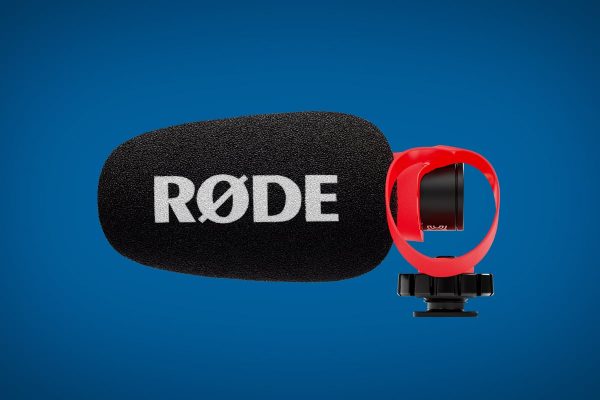
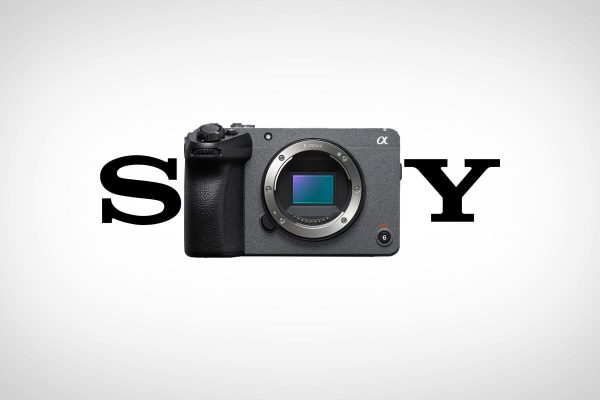
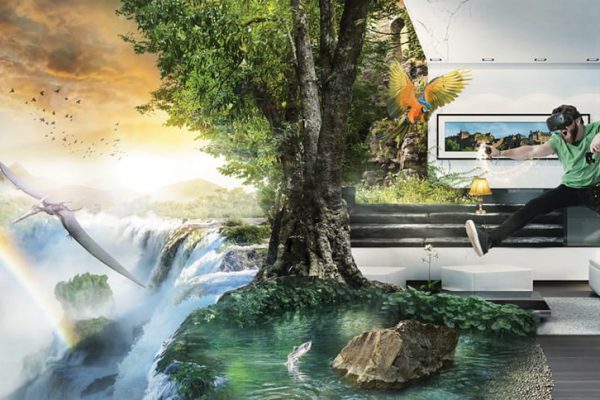
Manuel López Muñoz
ISO BASE???
Video&Filmmaker
Hi Manuel,
The URSA Mini 4.6K has an 800 ISO base level.
nikhil arolkar
iris control: Scene average auto exposure in video mode. … what does this mean ?
will i be able to control my iris on a ef lens properly while recording video?